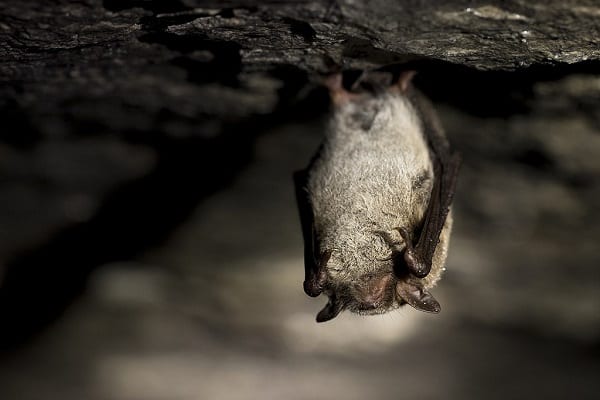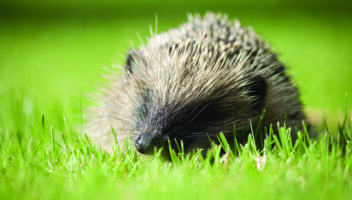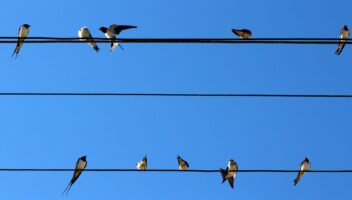There are, according to the Bat Conservation Trust, 18 species of bat that we may be fortunate enough to see in our UK gardens. Like so many species of wildlife, bat numbers are in decline. As gardeners, we can all do our best to try and support our magnificent, nocturnal, winged friends.
The wildlife experts at Hampshire & Isle of Wight Wildlife Trust have shared helpful advice to support and encourage our bat population.
About Bats in Britain
Bats are as charismatic as they are misunderstood. Britain is home to 18 species of bat, the largest being the noctule which weighs as little as four £1 coins. The smallest, the pipistrelle, weighing the same as a 2p coin, is known to gobble up more than 500 insects in an hour!
Bats are most active in the summer months when they come out of hibernation, hunt insects, give birth and raise young, and the best time to see them is around sunset or sunrise when it is warm and dry. While some bats fly relatively high, others are found closer to the ground.
To really experience a bat’s world it’s worth borrowing a special detector to hear the high-frequency clicks and buzzes of bats using echolocation to hunt. Not only will you be able to hear how many bats are around you, but the frequency of the calls lets you identify them in the dark!
You can experience these beguiling creatures at home, whether you live in the countryside, town or city. By following a few easy steps to make your garden wildlife-friendly, you might find that bats come to you.
Tips for Caring for Bats in Your Garden
1. As all British bats eat insects, so grow as many flowers throughout the year as possible to attract a diversity of insects. Ox-eye daisies, wild angelica, lavender and marjoram are popular choices that will attract a wide range of insects.
2. Encourage natural predators to your garden instead of using pesticides. Predatory beetles, centipedes, hoverflies, ladybirds, lacewings and ground beetles are all gardeners’ friends. Ideal habitats for these are compost heaps, log piles and rockeries – create these and your new friends will show their appreciation by polishing off your garden pests.
3. As well as growing flowers, there are other ways to attract insects to your garden. You can create microhabitats, by making log or leaf piles, mulching garden beds and leaving hollow stems standing over winter for bugs to shelter in.





